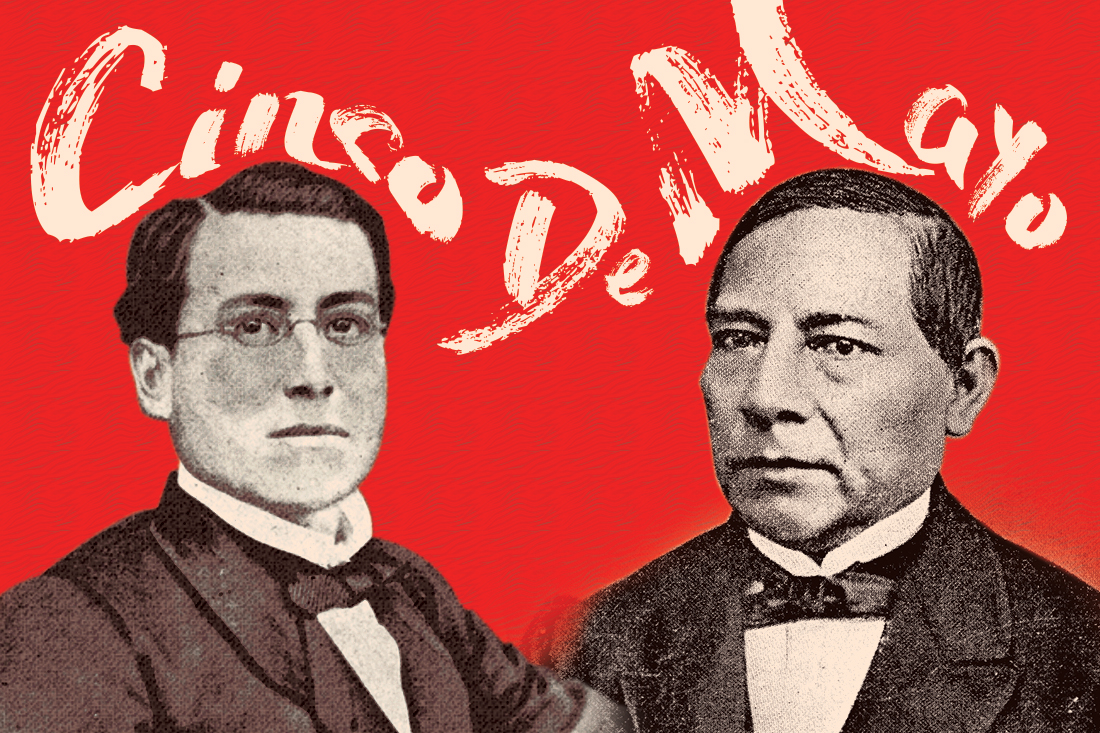It is a common misconception in the U.S. that Cinco de Mayo is the day of Mexican Independence. This date, however, commemorates the Mexican victory at the Battle of Puebla, which took place on May 5, 1862, against the invading French army.
“For people in modern Mexico, the victory itself is a great source of pride,” said Irving Levinson, an associate professor of the History Department at UTRGV. “They had demonstrated that anyone who invaded Mexico and tried to destroy their national identity did so at the peril of losing his life.”
The struggle itself originated from a bigger conflict involving opposing factions in post-independence Mexico.
“This conflict was part of a long series of struggles between liberals and conservatives in Mexico that had been going on ever since the country became independent,” Levinson said.
The Mexican liberals, like most liberal factions in the world at the time, believed in human equality and freedom, a division between church and state, and strong local and state governments. Mexican conservatives, on the other hand, believed that not everyone was fit to participate in government and favored rule by a minority, that a formal state religion was needed for a moral society, and in a strong central government telling the states how to act.
“There were numerous conflicts fought over this, but the defining one was … La Guerra de la Reforma, [which] took place between 1857 and 1860,” Levinson said. “In that contest, the liberals were led by … President Benito Juárez, and it was Juárez and his forces that eventually succeeded in defeating the conservatives.”
Their loss, however, didn’t mean the conservatives were to give up in their attempt to establish a conservative government in Mexico.
“Mexican conservatives were not reconciled with their defeat,” he said. “Some of them decided that the only way that they were gonna bring the way of conservative government they wanted back to la patria was to solicit European support.”
The most receptive country was France, whose emperor, Napoleon III, wished to expand its empire. After being convinced by the Mexican conservatives, their opportunity arrived when Benito Juárez’s government was forced to suspend the payment of the foreign debt, an action that warranted the invasion of the country.
“The British, the French and the Spanish agreed that they were gonna attack [the Port of] Veracruz in an effort to get back the money that was owed to them,” he said. “However, the British and the Spanish soon packed up when they realized that Napoleon was not interested in collecting the money but also interested in colonizing Mexico.”
Charles Latrille de Lorencez, the general sent by Napoleon, marched toward Mexico City with over 6,000 troops and sent an arrogant message to the French minister of war, “We are so superior to the Mexicans in race, organization, morality and devoted sentiments, that I beg your excellency to inform the emperor that as the head of 6,000 soldiers, I am already master of Mexico.”
“So, Latrille advanced on Puebla where the Mexicans [commanded by Gen. Ignacio Zaragoza], who had dug in, met his forces,” Levinson said. “They resisted multiple charges by columns of French infantry, and then counterattacked, and the French retreated back to Veracruz.”
However, after receiving 30,000 additional troops, the French made it to Mexico City by 1864, forcing Juárez to retreat to El Paso del Norte, later renamed Ciudad Juárez in his honor. It was here where he based his continuous war against the French in resistance to the invasion.
“At the end of the U.S. Civil War in 1865, the United States began sending a very substantial amount of supplies to the Mexican forces under Juárez,” he said. “About 50,000 Union troops were sent to Texas with orders to behave as if they were preparing to invade the country.”
The fierce resistance by the Mexicans that wore down French troops and the possibility of an intervention by the U.S. forced Napoleon to decide to leave the country, abandoning his puppet emperor, Maximilian I, who was forced to retreat to Querétaro, some 125 miles north of Mexico City.
“There he was besieged and subsequently captured by the Juaristas,” Levinson said. “He was tried and executed along with two of his Mexican collaborators.”
The Mexicans had succeeded in defeating a European power that had attempted to conquer their country.
The Student Activities Department at UTRGV will host a Cinco de Mayo celebration from 5 to 8 p.m. Tuesday on the Edinburg campus’ Chapel Lawn. The celebration will be attended by guests of honor from the Mexican Consulate.
Entertainment will be provided by the Ballet Folklórico UTRGV and Mariachi Aztlán, and refreshments will be served. The event is open to the campus community.
“Basically, the purpose is to inform the students about the celebration and take them back to their roots since not a lot of people go back to Mexico,” said Daniela Venegas, a student program adviser for Student Activities. “It [will] be a good event, a nice event, for people to attend and celebrate this date.”
























+ There are no comments
Add yours